US nuclear aircraft carrier in Vietnam for first time since end of war
An American nuclear-powered aircraft carrier has docked at Danang, Vietnam, for the first time since the end of the war between the former foes, in what is viewed as a push by Washington to challenge Beijing’s presence in the disputed South China Sea.
In a highly symbolic visit, the USS Carl Vinson, which is home to 5,300 sailors, pilots and crew and 72 aircraft, arrived on Monday for a 4-day stay, giving the US a chance to flex its military muscle in the Asian country for the first time since the end of the Vietnam War in 1975.
Although no US aircraft carrier has been to Vietnam since the end of the war, other smaller American warships have made high-level visits as ties improved in recent years. Washington normalized relations with Vietnam in 1995 and lifted an arms embargo in 2016.
During their stay, US sailors will play friendly basketball and soccer matches with locals, hold navy band concerts and visit a center for victims of Agent Orange, the toxic defoliant sprayed over large swathes of land by the US during the Vietnam War.
The visit comes against the backdrop of long-running territorial disputes between China and its neighbors, including Vietnam, in the South China Sea, where they have overlapping sovereignty claims.

The US, which is an extra-regional country, has been taking the side of China’s rival claimants in the regional disputes.
“It’s a US push... to demonstrate a massive naval presence in the South China Sea area to China, that the US is staying engaged,” Vietnam expert Carl Thayer told AFP of the aircraft carrier’s stop in Vietnam.
Vietnam seeking to pacify China
Prior to the visit, Vietnamese envoys had been working for months to ease the concerns of China over the visit and the prospect of broader military cooperation between Hanoi and Washington, according to diplomats and others familiar with the talks.
US carriers frequently ply the South China Sea in a rising pattern of naval deployments, and are now routinely followed by Chinese naval vessels, naval officers in the region say.
“Even as it moves forward with the U.S., Vietnam has been engaging China over South China Sea tensions,” said Le Hong Hiep, a Vietnam expert at Singapore’s ISEAS Yusof Ishak Institute. “They might be irritated but gradualism is the key word here...Vietnam will only embrace the US at a pace that doesn’t cause an over-reaction from China.”
Some Chinese commentators have used the USS Carl Vinson’s presence in the region as justification to demand a rise in Chinese military build-up in the South China Sea. Official reaction from Beijing has, however, been relatively muted since the stop was first announced in January.
That announcement came during a two-day visit to Hanoi by US Defense Secretary James Mattis and followed months of backroom military diplomacy between Hanoi and the Pentagon.
VIDEO | Leader meets workers on Labor Week
French police called in to break up US-style pro-Palestinian student demo
VIDEO | US continues starving Syrians, stealing their resources
Yemeni forces strike Israeli ship, Port of Eilat in solidarity with Gaza
Columbia, Yale students bent on ending US support for Israeli genocide
VIDEO | Genocide in Gaza
Iran calls on BRICS to play role in stopping Israeli crimes
President Raeisi’s historic visit opens new chapter in Iran-Pakistan ties


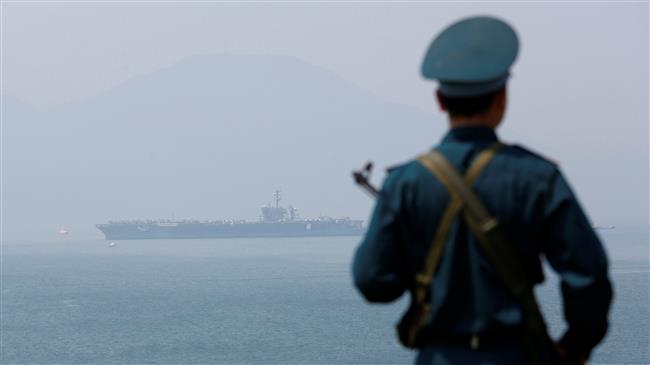
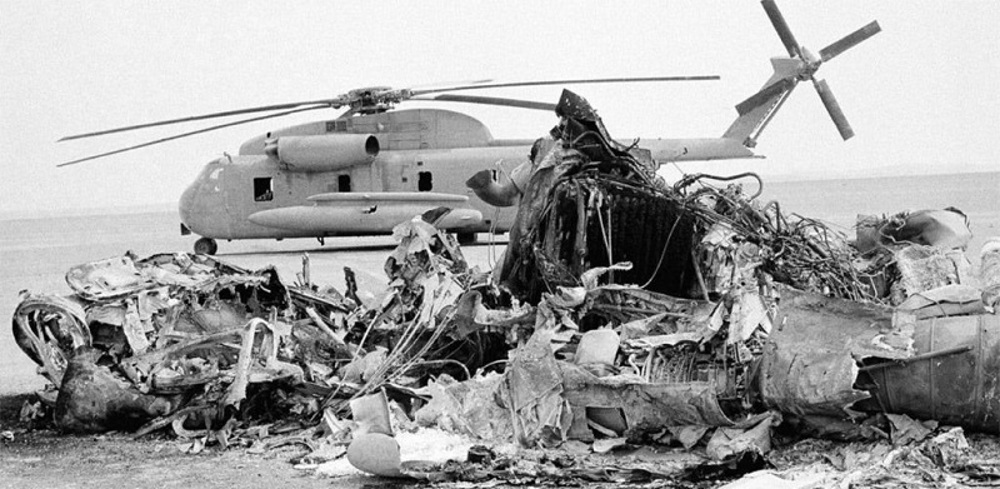
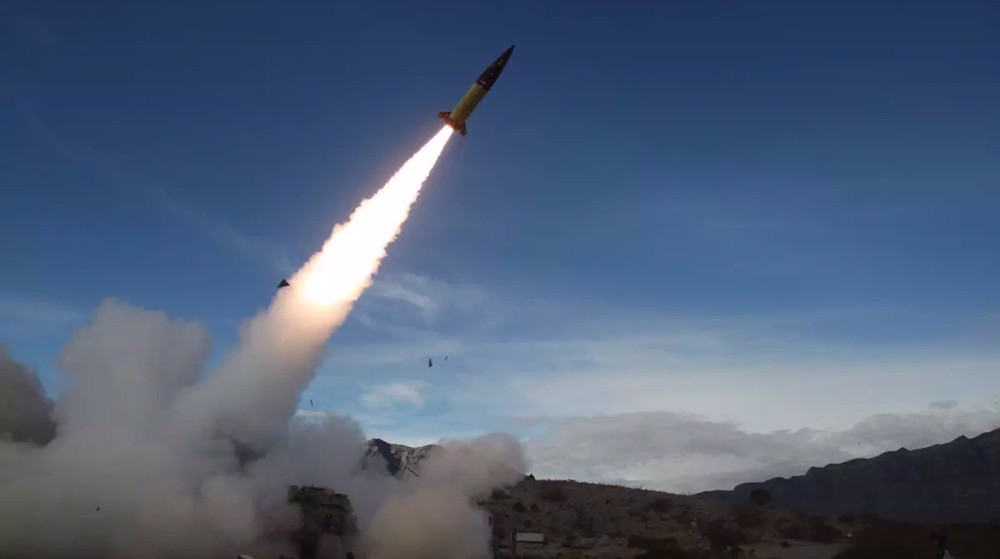
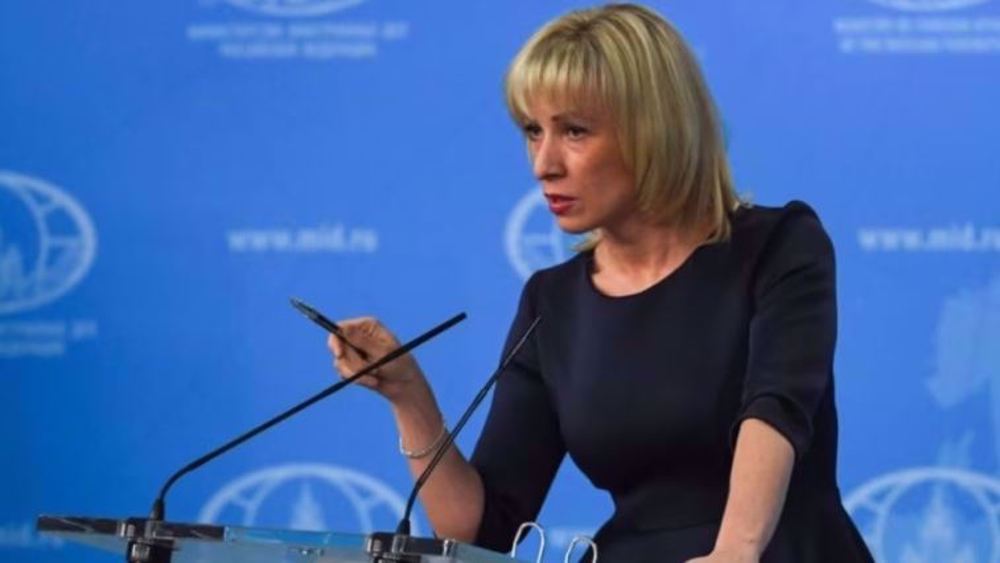



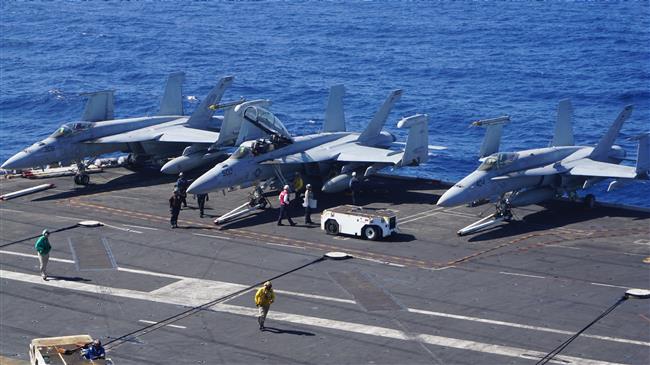
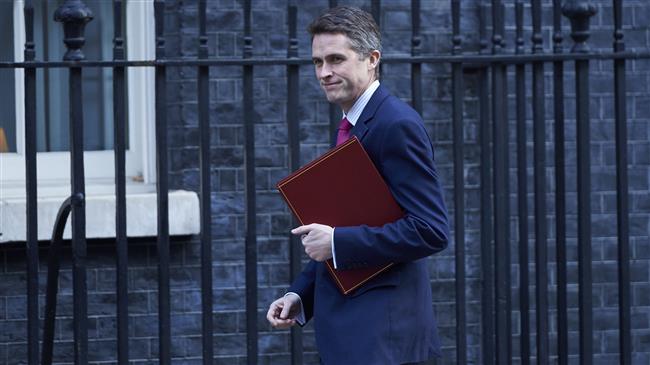



 This makes it easy to access the Press TV website
This makes it easy to access the Press TV website